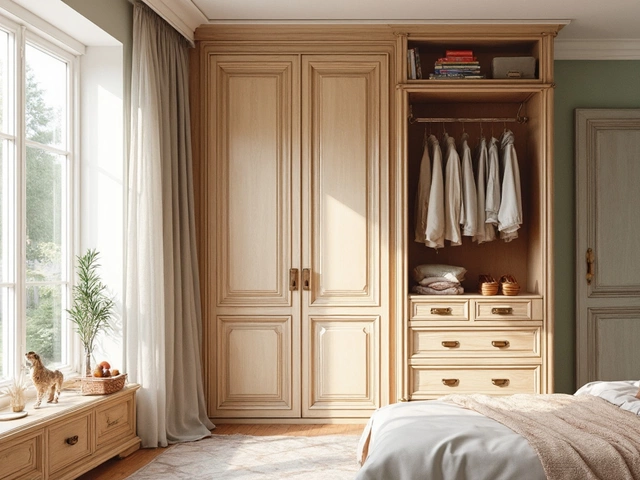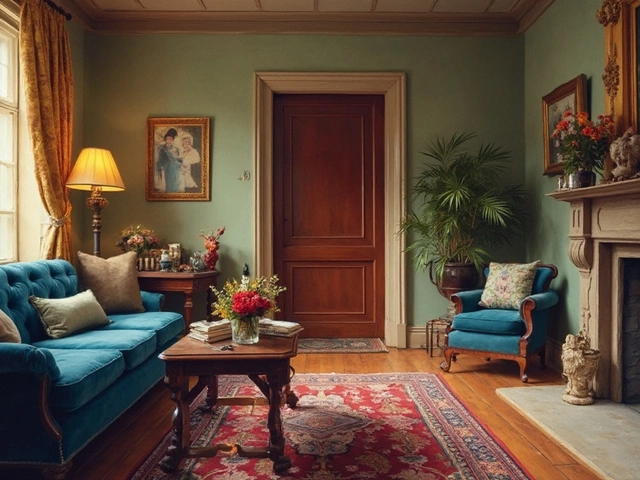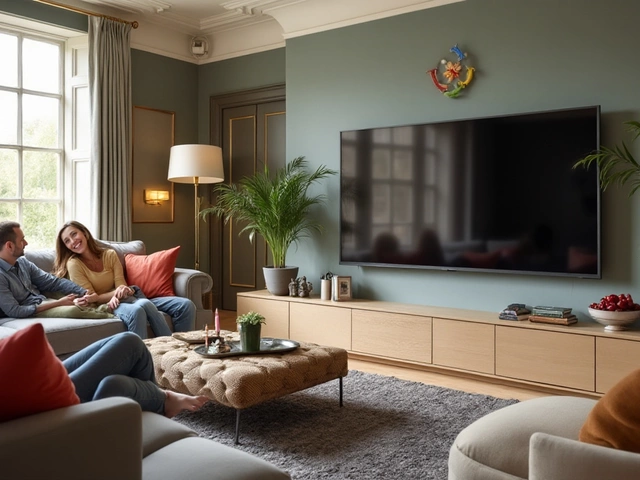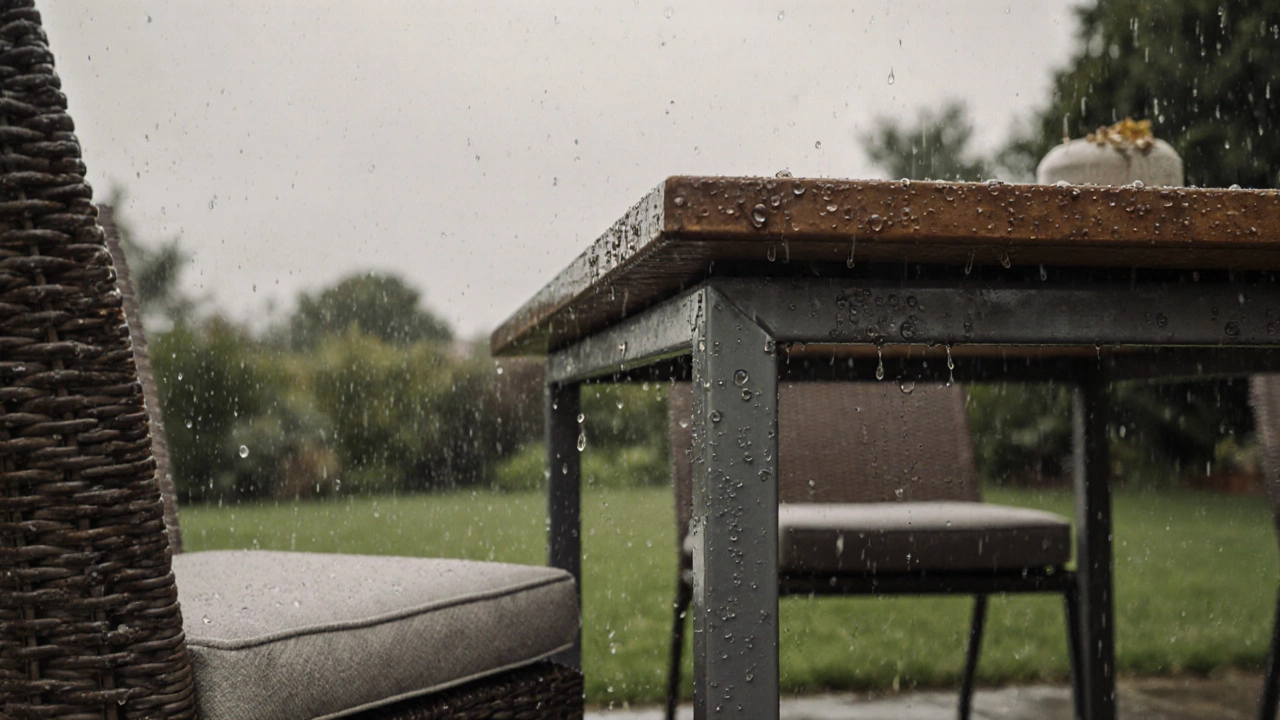
Protect Garden Furniture from Rain - Simple Tips for Long‑Lasting Outdoor Sets
Learn practical ways to shield garden furniture from rain, including covers, treatments, storage tips, and seasonal checklists for lasting outdoor use.
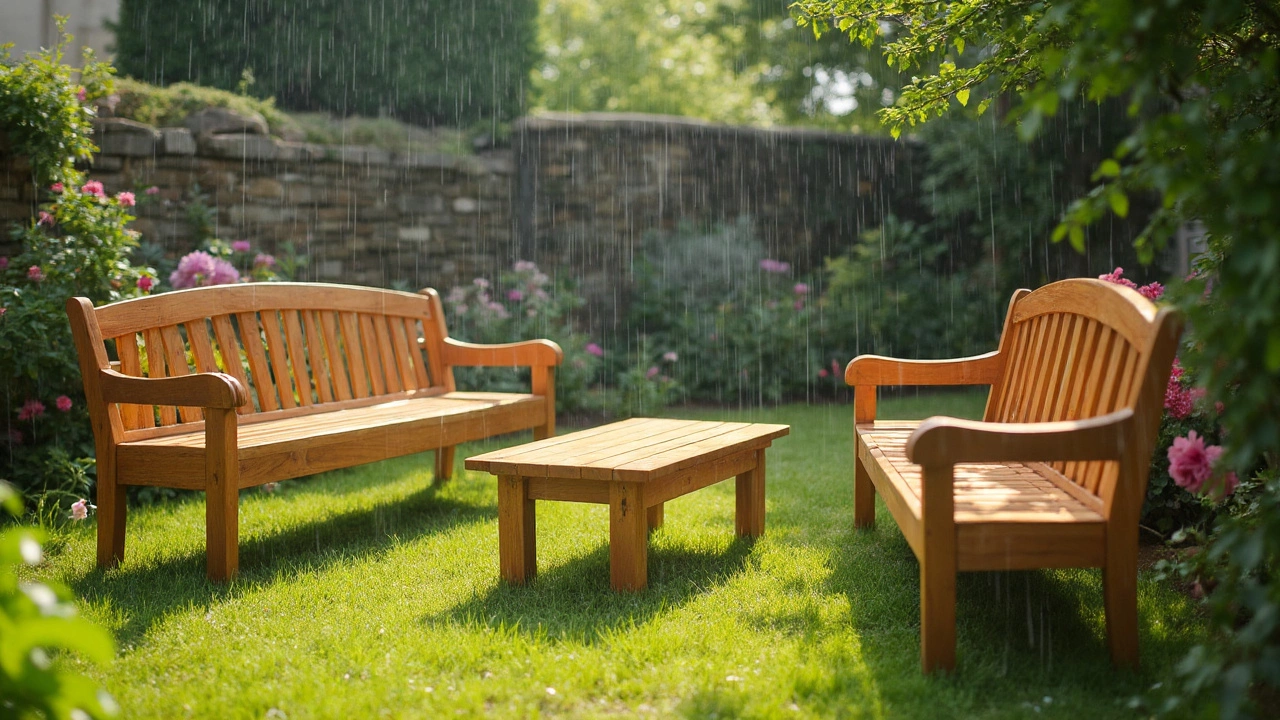
What Wood Lasts Longer Outside? Garden Furniture That Goes the Distance
Choosing the right wood for outdoor furniture isn’t just about looks—it’s about making your investment last. Some woods handle rain, sun, and bugs way better than others and save you a lot of hassle in the long run. This article breaks down which woods really stand the test of time outside, why some rot faster than others, and what you can do to make any wood last longer. You’ll get real-life advice on spotting fakes and short-lived options, plus tips that actually help you keep your furniture going year after year. No nonsense, just straight-up answers for anyone wanting reliable outdoor wood.
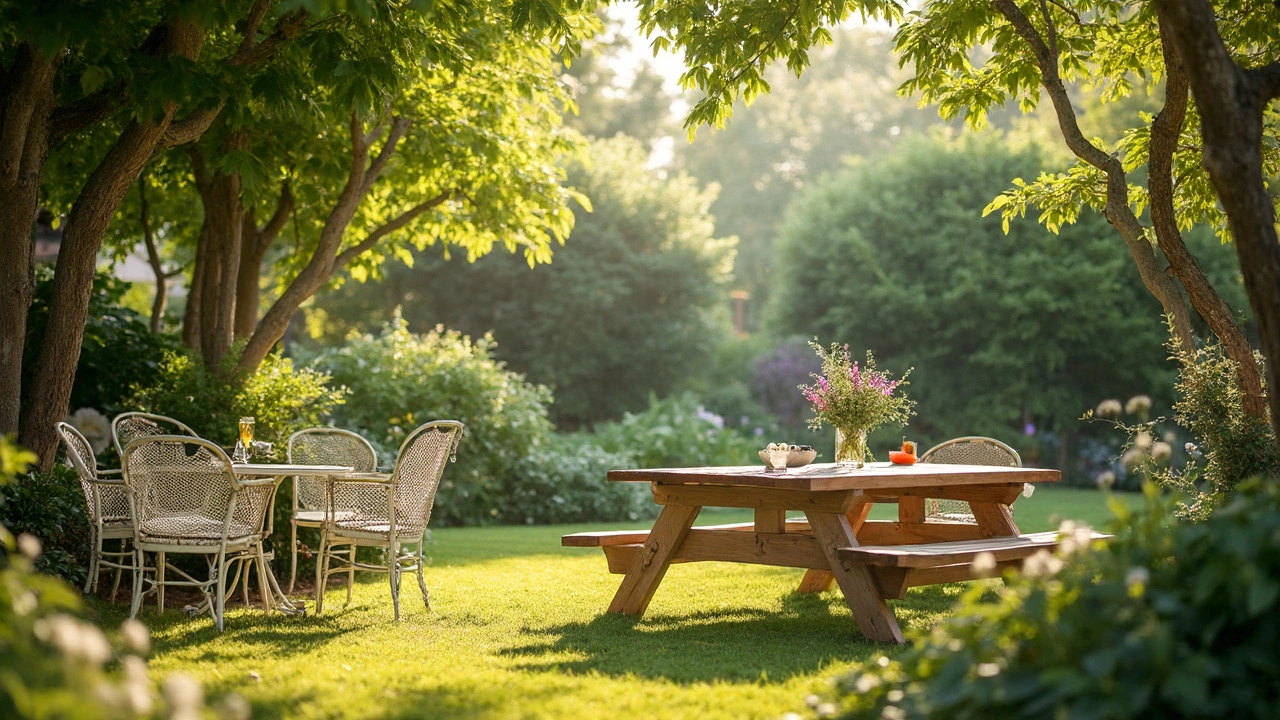
What’s the Toughest Material for Garden Furniture?
Choosing the right material for garden furniture is crucial given the changing weather conditions. This article delves into the most durable materials that withstand the elements, including metal, wood, and synthetics. It explores the pros and cons of each option and provides insights into maintenance tips. Whether you're dealing with intense sun or heavy rain, knowing how materials hold up ensures your outdoor space remains stylish and functional.
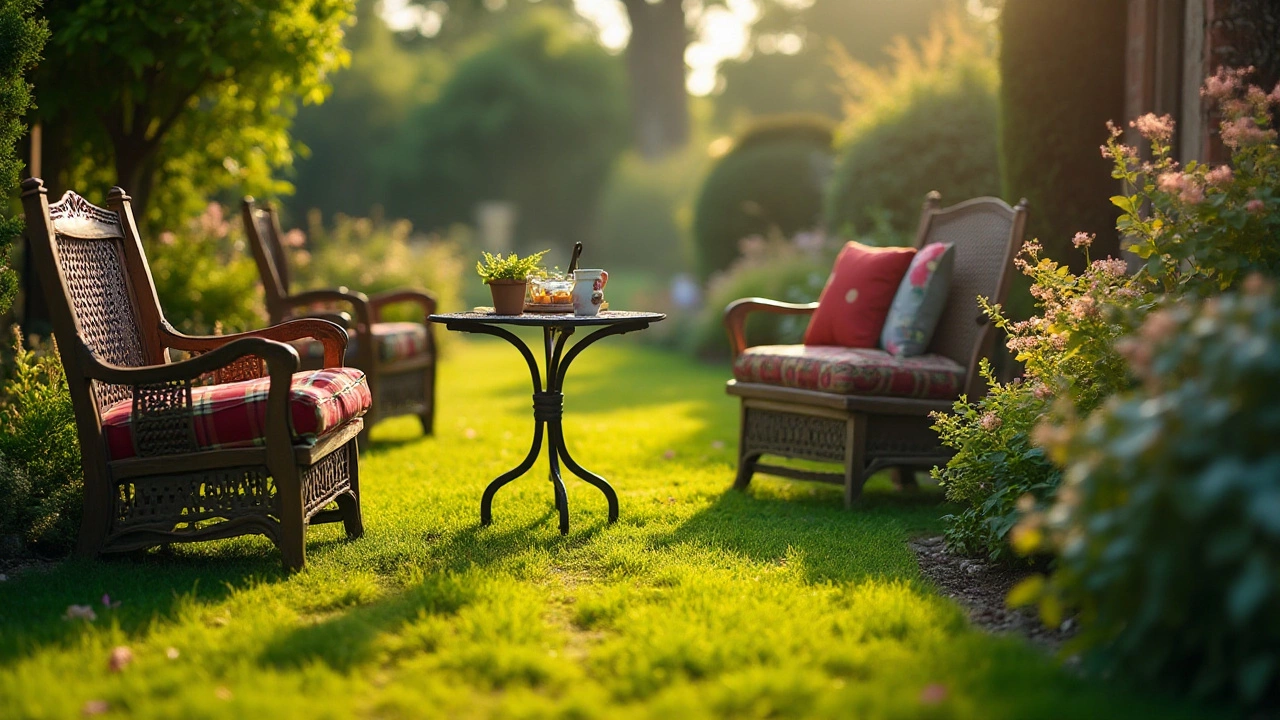
Leaving Garden Furniture on Grass: What You Need to Know
When considering whether to leave garden furniture on grass, it’s crucial to weigh the effects on both the furniture and the turf. While leaving furniture on grass can be convenient, it may lead to issues like grass discoloration or damage due to weight and weather. Different materials react differently to prolonged exposure to moisture, and some preventive measures can help mitigate potential damages. Proper maintenance and strategic placement can prolong the life of both your furniture and lawn, making your outdoor space enjoyable throughout the year.
